Why TurboGrafx-16 Music Doesn't Suck
|
9 January 2010
While the TurboGrafx-16 is frequently praised for its graphical prowess, its (pre-CD-ROM) sound capabilities are often criticized. HuCards usually look convincingly 16-bit but typically feature sound effects and music more reminiscent of the 8-bit era. Let's take a quick look at the technical specs:
NES
--Five sound channels (two pulse wave, one triangle wave, one white noise, one differential pulse-code modulation)
--Final channel also capable of pulse-code modulation
TG-16
--Six sound channels (waveforms are programmable for each)
--Channel one can modulate channel two to create low-frequency oscillation with FM-like qualities
--Last two channels also capable of noise generation
Even without digging into the technical jargon above, it's obvious the TG-16 offerred only a modest improvement over the NES. Basically, you score an additional sound channel, you can fake FM sound, and there's more flexibility with the programming of sound channels in general.
You can easily get lost in such esoteric, technical discussions, though. How do the TG-16 games actually sound? Ever fire up a game and the music that kicks in with the title screen sucks you in immediately? You're swept away, transported to a totally different setting, and amped to play. Here are some titles that do just that and demonstrate that the TG-16 actually does crank out some brilliant tunes. |
|
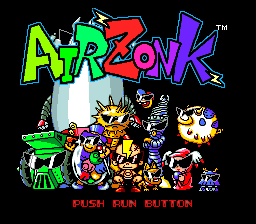 |
The zing of a jet pack with a curious, thumping drumbeat. Then the drums hit hard, timed perfectly with the appearance of the title screen. The main theme comes into play with a great synchs that has that epic battle feel. You can visualize Zonk fighting against the impossible odds, blasting his way out of trouble. The rumble of additional drumbeats and a cymbal bring it all to a close.
Air Zonk - Title
|
|
Moody drums and synths jump to the fore right away. The synthesizer becomes more rapid and frenzied. You can feel your little spaceship firing frantically, weaving in and out of the never-ending enemy swarms. Once again, drums provide the final punch before it the track loops.
Blazing Lazers - Title |
|
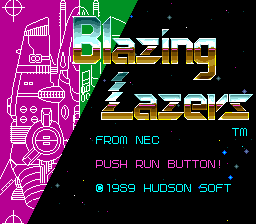 |
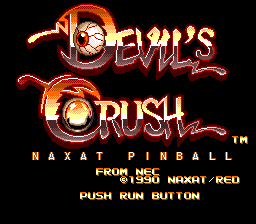 |
Here's a very spooky arrangement. Dark, haunting organ notes set the bass-line. Pulsing beats (an attempt at piano) layer over the organ. Combined with a whistling sort of sound, you end up with a track that is complex and even mesmerizing, making it hard to distinguish the end from the beginning.
Devil's Crush - Title |
|
Again, there's that fuzzy organ sound, setting the tone. Soon a recorder or flute-like sound joins, something hopeful that stands in contrast to the foreboding baseline. Then you get a tinny piano/synth track that builds in complexity. Then suddenly the rhythm slows and fades dramatically. It's a wonderfully dramatic piece; you can practically see an epic story unfolding.
Dungeon Explorer - Title |
|
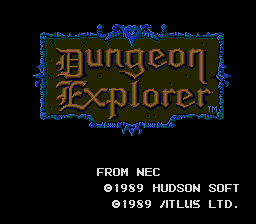 |
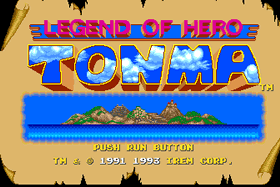 |
Snappy, catchy break-beats explode immediately. It's loud and in your face.Yet this track knows the value of a pause, punctuated by the thumping of a drum, before moving in a surprisingly new direction. It's a tough track to describe, but it feels so fresh, so interesting, so right.
Legend of Hero Tonma - Title |
|
The softest, shortest, and probably most understated selection in this list—there's something so fantastic here. It's a curious, almost playful quality. The music sort of meanders back and forth, absentmindedly. You definitely get that fairy tale feeling, which fits so well with the game.
Valkyrie no Densetsu - Title |
|
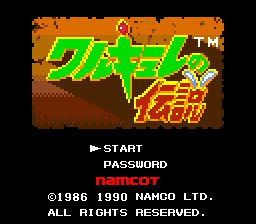 |
|